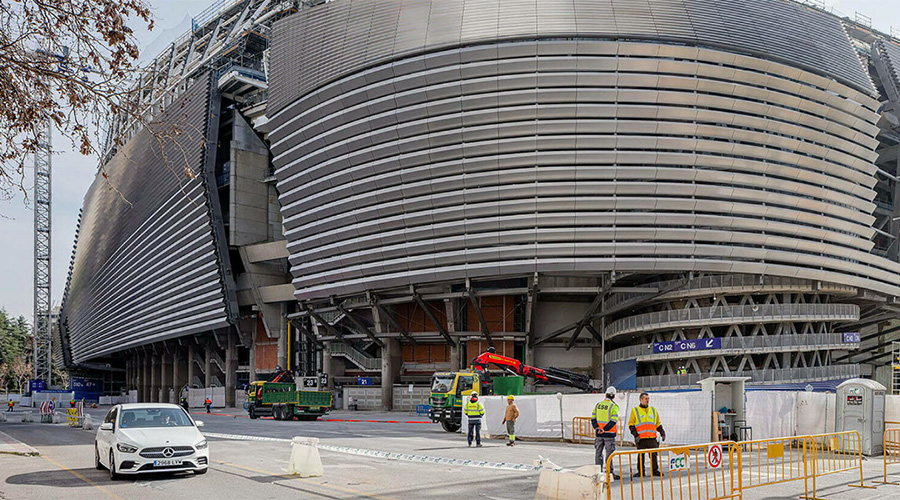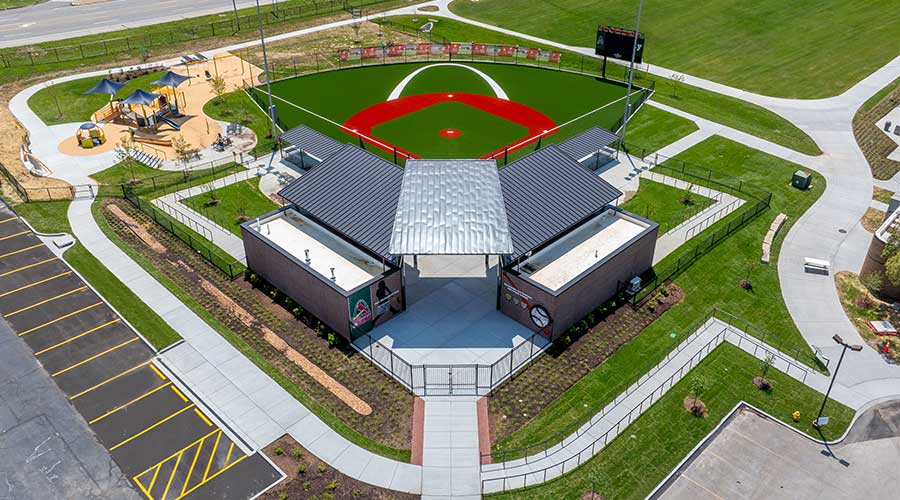Emergency Response And Operations Facilities: Focus Design On Users
In the event of an emergency, government entities, corporations, and institutions all depend on specialized facilities to support security and public safety groups that collect critical information and organize responses. Inside these emergency response and operations facilities — which include public safety answer points (PSAP) and command-and-control environments — a wide range of data and communications is monitored and analyzed. The starting point for the design of these facilities is to focus on users.
These critical PSAP/command center environments may also serve as the point of dispatch for a range of security, law enforcement, or first-responder agents. Some of these spaces operate on a 24/7/365 basis, while other functions within a PSAP/command center facility are activated only in response to incidents and emergencies requiring an organization of assets that address pressing needs. The gravity of the situations that cause these facilities to swing into action means that the buildings must meet very high levels of operational readiness — and that their occupants are under high levels of stress.
Unfortunately, the growing number of emergencies, both natural and caused by human beings, has intensified security needs and reliability demands for PSAP/command center facilities. This is well chronicled within the mission-critical community. The degree to which these facilities are planned with the end-user in mind may be a different matter. A thorough operational understanding should inform planning and design; the goal is to create environments that address the full range of needs and support user requirements sensibly and intuitively, especially under times of stress.
"Essential facility" is often the umbrella term addressing the various forms of communications and command/control functions and may invoke requirements for higher design standards than are typically encountered, depending on the specific functions and purpose or population served:
- Public safety assets can include PSAP or emergency communications centers and emergency operations centers that may include traffic management, public camera networks, or extended data housing.
- Police and military operations may refer to tactical operations centers for intelligence gathering and analysis-and-response planning and management.
- Within corporate or large utility-service settings, network operations and security operations centers support business-continuity measures and are the site for these critical functions.
- While an emergency communication center, or PSAP, operates continuously, an emergency operations facility is typically activated by significant events requiring focused management and response. Such triggering events may include natural disasters and resulting impacts to the public, accidents such as a train derailment or utility outage, a civil or political incident that may involve some form of civil unrest or impact of war, a terrorist incident that involves sabotage or attack, and large events ranging from state-sponsored to sporting events requiring planning, increased security, and response readiness, should these be required.
Related Topics:














